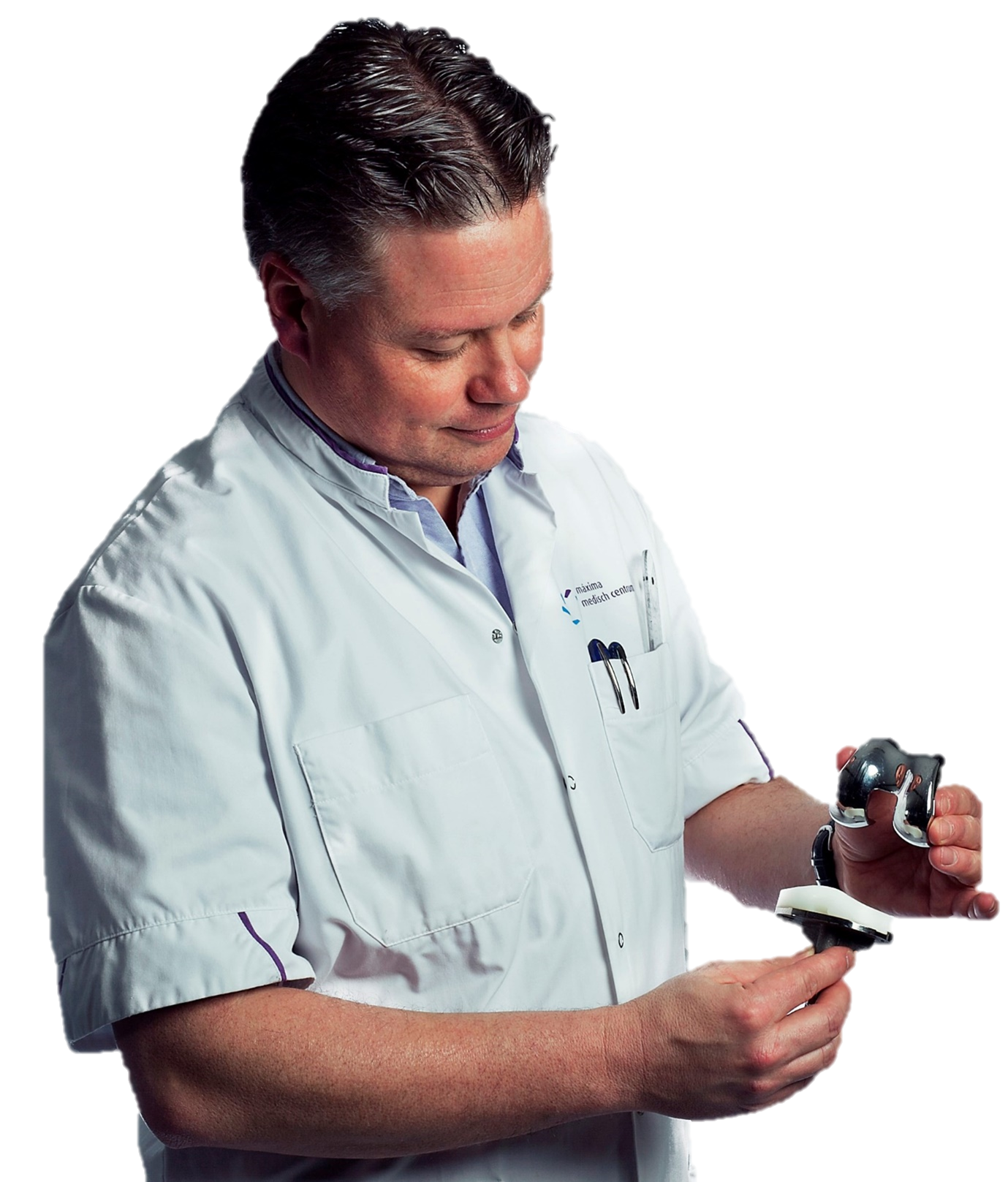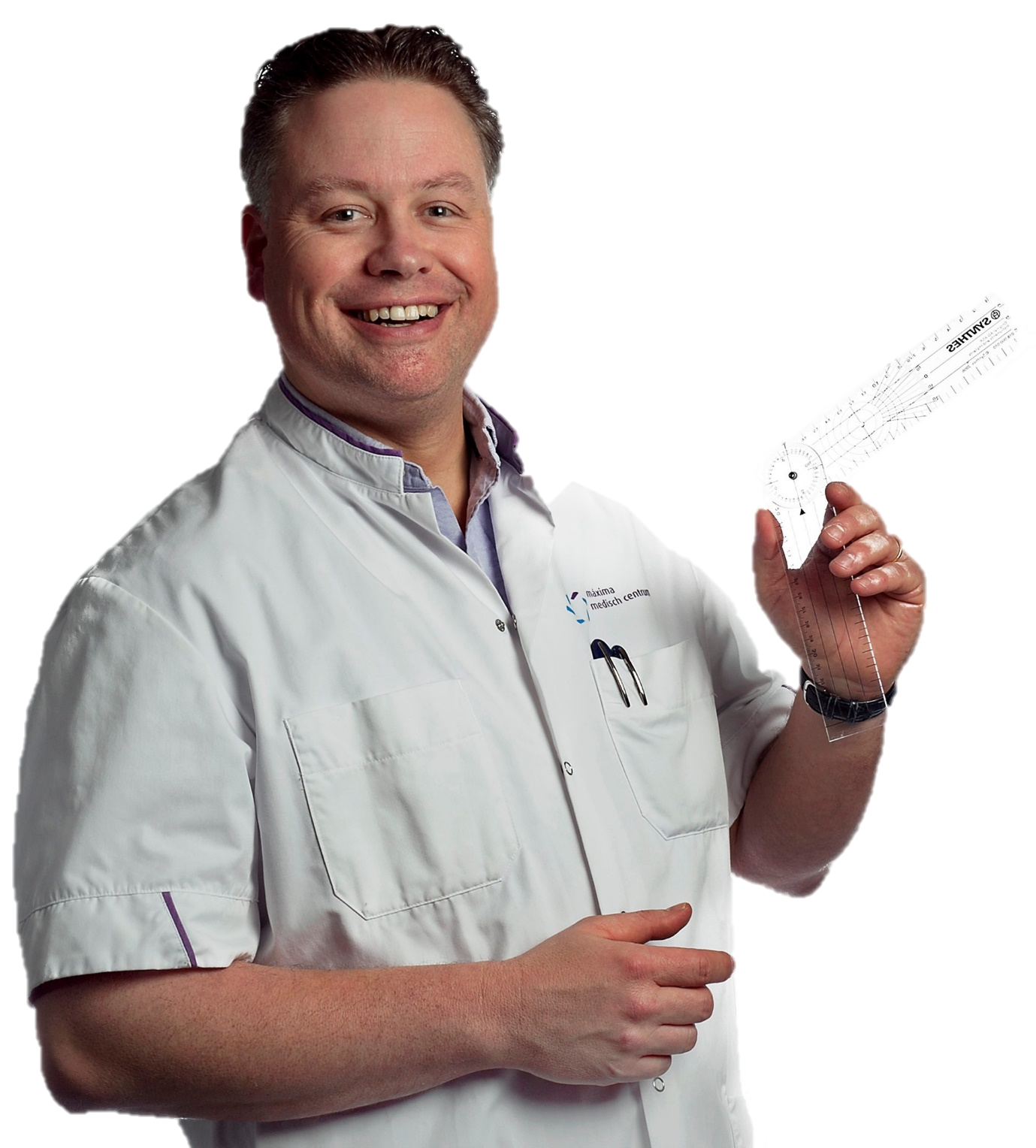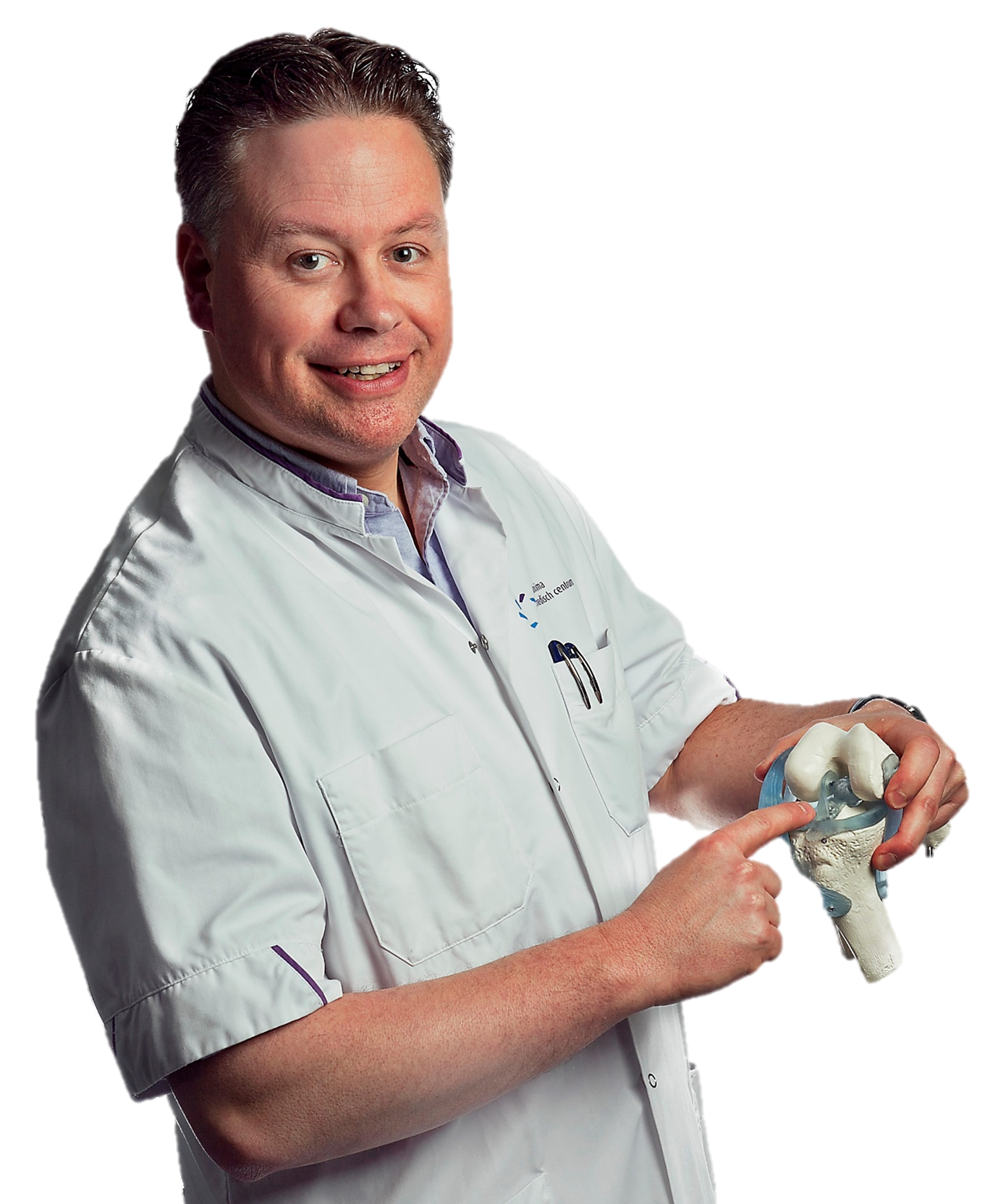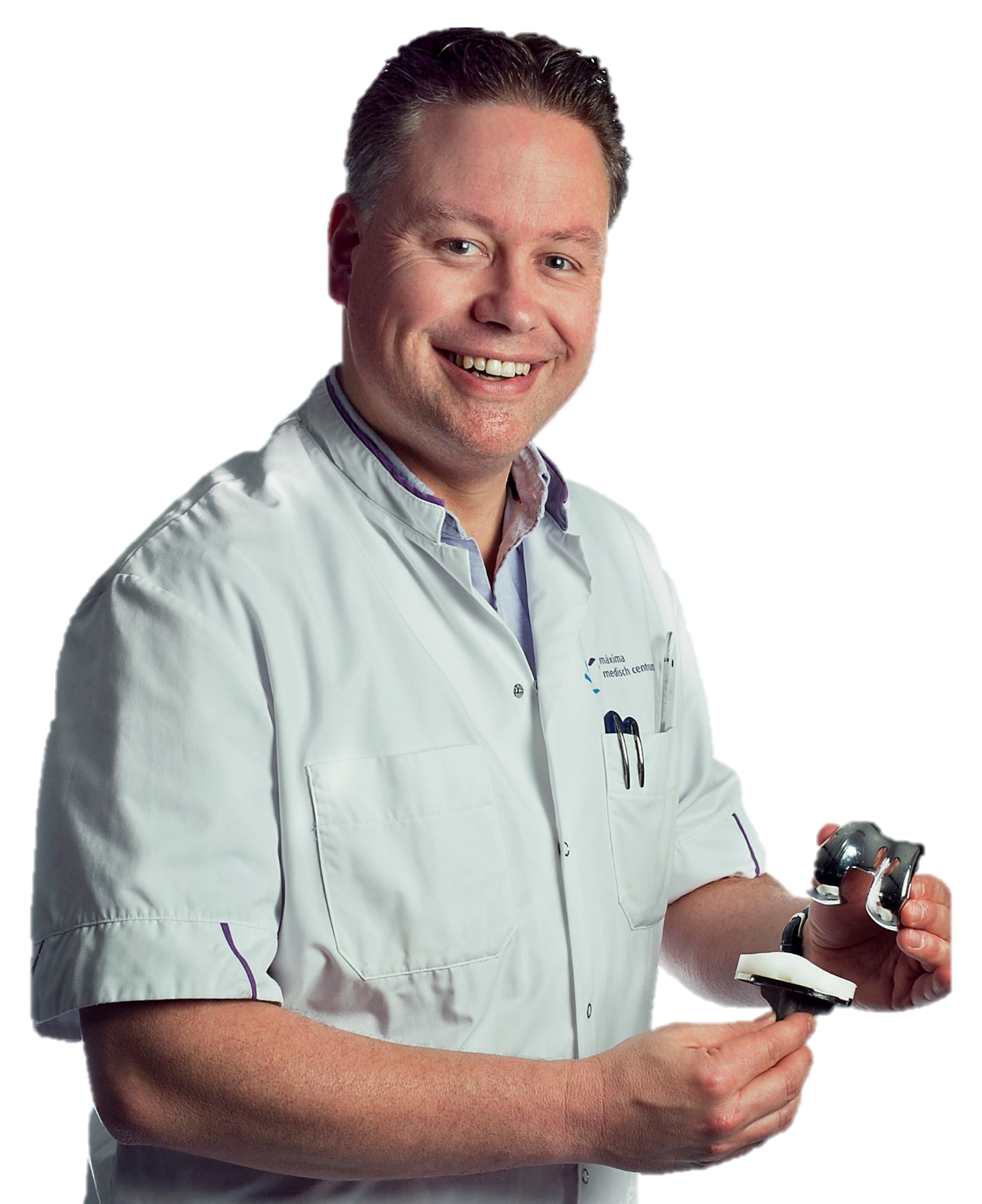STARR Study Group, Meuffels, D. E., &...
Validation of Simendo Knee Arthroscopy Virtual Reality Simulator
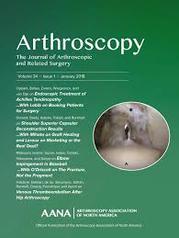
Abstract
PURPOSE:
To determine the face and construct validity as well as educational value and user-friendliness of the Simendo knee arthroscopy virtual reality simulator.
METHODS:
Sixty participants were recruited and equally divided into novices (0 arthroscopic procedures), intermediates (1-59 arthroscopic procedures), and experts (60 or more arthroscopic procedures). Participants were excluded if they had previously trained with the studied simulator. Construct validity, that is, the ability to discriminate between different levels of expertise, was examined by a navigation task. All participants were asked to perform 5 navigation trials within 10 minutes. Face validity, educational value, and user-friendliness were examined by questionnaires before and after the navigation trials. Face validity is the subjective impression of how closely the simulation replicates the real environment.
RESULTS:
The novices were significantly slower than the intermediates in the first (P < .001) and the third (P = .031) trial. The novices were significantly slower than the experts in all trials (P = .016), except for the fifth (P = .054). The experts were significantly faster than the intermediates in every trial except for the fourth (P = .069). Median task time for the fifth trial was 63 seconds (44-80 seconds) for novices, 58 seconds (46-80 seconds) for intermediates, and 41 seconds (33-55 seconds) for experts. Ninety-two percent of all participants agreed that the simulator can be used to train for surgical inspection, and 95% indicated sufficient user-friendliness.
CONCLUSIONS:
Based on the results, this knee simulator can be applied to train the basic arthroscopic hand-eye coordination skills at the start of resident education programs. Further testing is necessary to determine whether the skills are retained.
CLINICAL RELEVANCE:
The simulator is partly validated, which contributes to training of basic arthroscopic skills without compromising patient safety.

